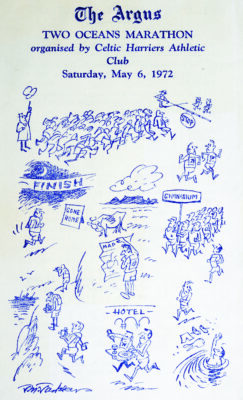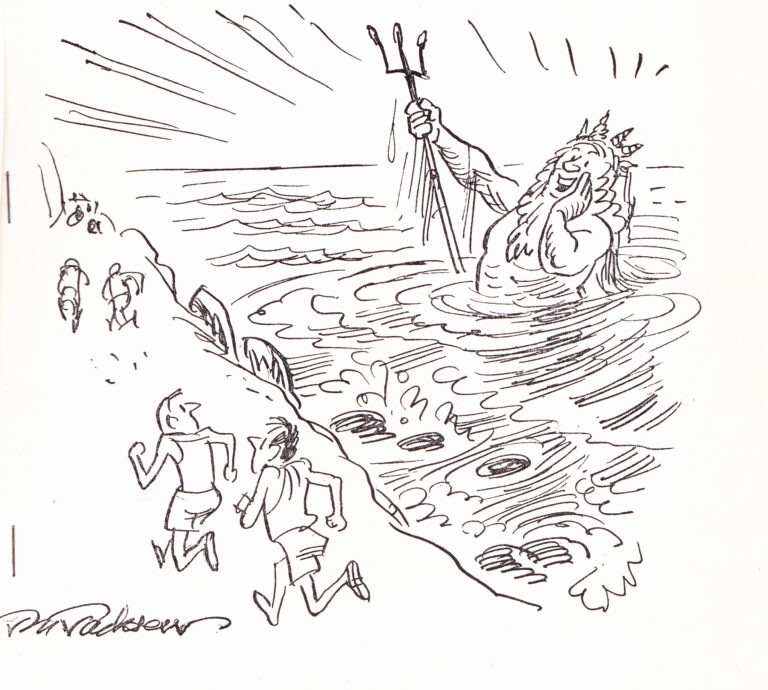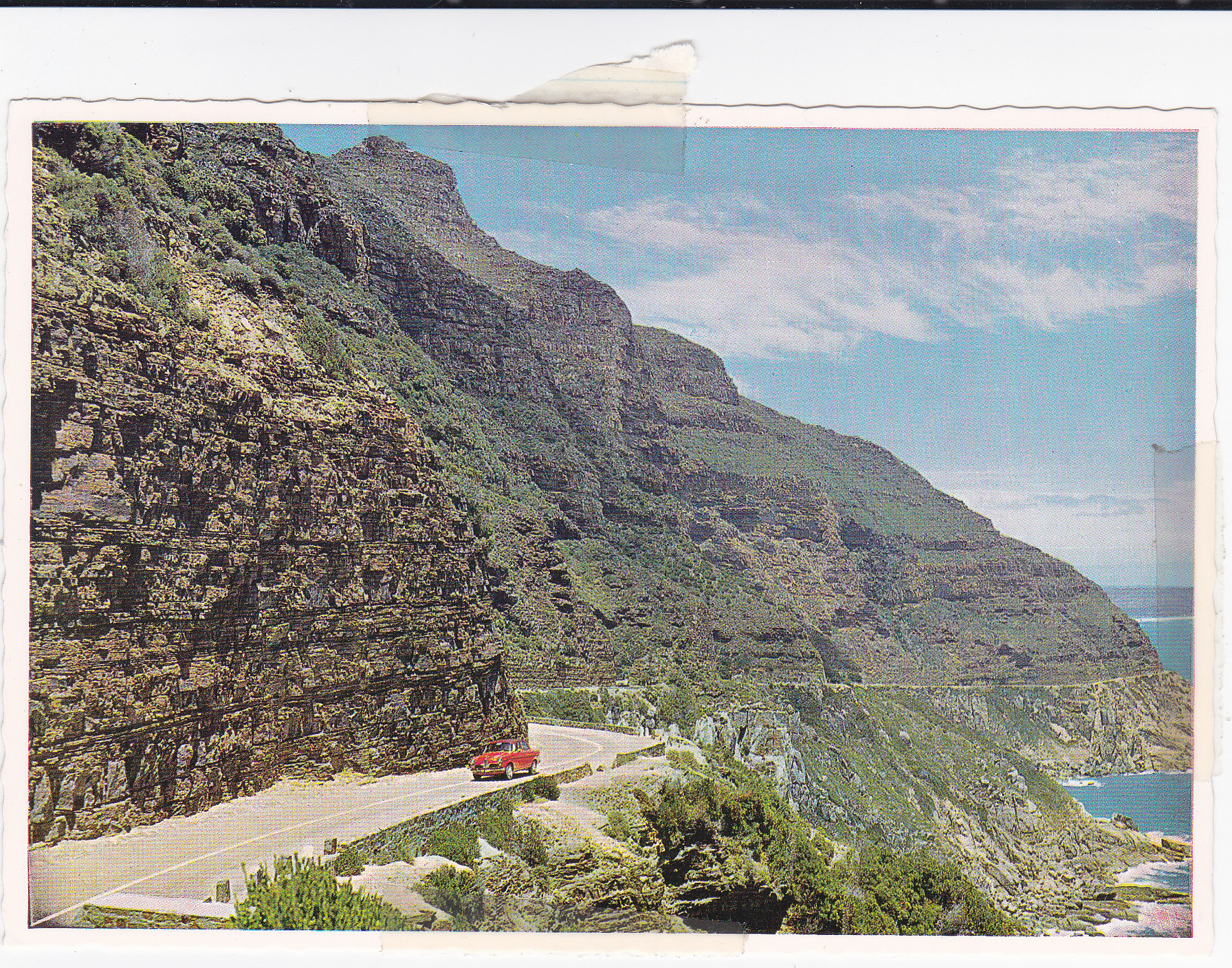The name of the Two Oceans Marathon was only adopted for the third edition of the race, and it required some serious brainstorming and debate to arrive at the now-famous name. – By Sean Falconer
After two successful editions of the Celtic 35 Mile Road Race in 1970 and 1971, Celtic Harriers agreed to make it an official club event, and authorised Dave Venter to look for a sponsor for the 1972 race. His employers, BP Southern Africa, declined the opportunity, and that saw Venter approach a keen supporter of the race, Bryan Grieve of The Argus newspaper, who introduced him to The Argus Promotions Department. The newspaper agreed to sponsor the race, with the proviso that it had a definite Cape flavour.
This led to a meeting of Celtic Harriers members at the Grand Hotel in Strand Street, Cape Town, to discuss a new name for the event. Among the suggestions tabled was Harold Berman’s ‘Inter Oceans Marathon,’ while Venter proposed ‘Oceans to Oceans,’ but it was eventually Noel Stamper who came up with the winning name, the ‘Two Oceans Marathon.’ This new name was welcomed by The Argus, who agreed to publicise the race, print race numbers and certificates for finishers, and present a new trophy for the winner. Thus the race became known as The Argus Two Oceans Marathon.
Putting Plans in Place

Next Venter formed a Celtic Harriers sub-committee, comprising John Masureik, Noel Stamper and himself, to plan the race and handle negotiations with sponsors and partners. This included another meeting at the Grand Hotel, where the Lions Club agreed to organise various refreshment and activity stalls at Brookside on race day. Furthermore, the Celtic Harriers team wanted spectators at Brookside to be kept entertained, so they organised a programme of sports events, including seven-a-side rugby and a demonstration of para-sports. It was decided to make two trophies available for the ‘Fastest Last Lap’ of the field at Brookside, one for veterans (40 and older), and one for non-veterans.
The sub-committee undertook to advertise the race to runners from other provinces, buying up postcards with Terence McNally’s portraits of the Cape and sending them to runners all over the country. This resulted in a record number of 115 entries, including runners from Laingsburg, East London, Durban, Pietermaritzburg and Johannesburg, and even two entries from Botswana and one from Australia.
At the post-race prize-giving, His Worship the Mayor of Cape Town, Dick Friedlander, told the runners that the Two Oceans Marathon was quickly growing into a Cape Town tradition, and this sentiment was echoed by The Argus committing to another year’s sponsorship. Meanwhile, the runners themselves also gave the race their wholehearted approval. As Boet Rabie of East London put it, “Your race has everything, and after the wonderful time we had, you can rest assured of a good entry from East London in future years.” Roland Davey of Durban summed it up in even fewer words: “A long distance to travel, but well worth the effort.”
A Hotly Debated Topic

Some believe that Cape Point at the southern tip of the Cape Peninsula is where the warm Agulhas Current flowing down from the tropics in the Indian Ocean meets the cold Benguela Current flowing up from Antarctica in the Atlantic Ocean. Meanwhile, others maintain that they meet at the southernmost point of the African continent, Cape Agulhas, about 175km south-east of Cape Town
The Two Oceans Marathon has always had one foot in either ocean. This is because the race runs past the warmer waters off Muizenberg, Kalk Bay and Fish Hoek on the eastern side of the Peninsula, then passes the much colder waters off Noordhoek and Hout Bay on the western side. Ask any runner who has stopped for a dip along the way and they will tell you there is a big difference in temperature between east and west!
As a result, while the International Hydrographic Organisation officially recognises the waters of False Bay as part of the Atlantic Ocean, the Two Oceans Marathon prefers to think of the False Bay side of the route as the ‘Atlantic Ocean touched by the Indian Ocean.’ Meanwhile, given the debate over where the two oceans actually meet – Cape Point versus Cape Agulhas – there have been people who objected strongly to the name of the Two Oceans Marathon. As former Celtic Harriers Club Secretary Harold Berman explains, “The event was actually threatened with legal action twice in the 1980s, unless we agreed to change the name of the race. These weren’t actual lawsuits, just a threat to issue summons, because we were told that we were assuming incorrectly that the two oceans met at Cape Point. We never argued that point, but felt that the name of the event should stay.”

